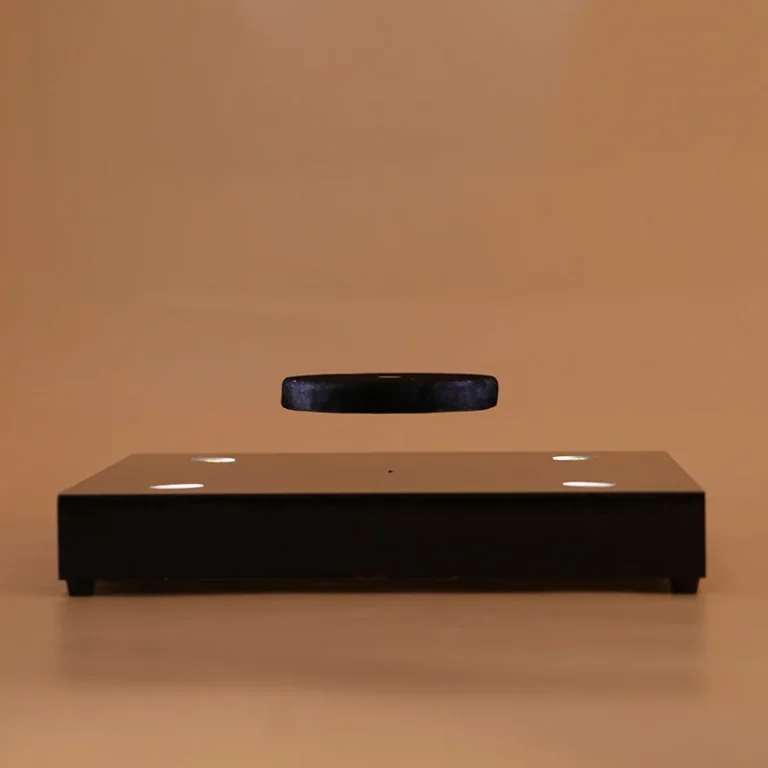磁気浮上モジュール: The Future of Innovation
磁気浮上モジュール: The Future of Innovation
In the rapidly advancing world of technology, magnetic levitation stands out as a groundbreaking innovation with vast potential across various industries. The magnetic levitation module, which allows objects to hover and move without physical contact, is at the forefront of this technological revolution. By leveraging the principles of magnetism and electromagnetic fields, these modules offer unprecedented possibilities for transportation, manufacturing, healthcare, and consumer products. This article delves into the science behind magnetic levitation modules, their current applications, and the future they promise.
The Science of Magnetic Levitation
磁気浮上, またはリニアモーターカー, involves the use of magnetic fields to lift and suspend objects in mid-air. This phenomenon occurs when magnetic forces counteract the force of gravity, creating a stable equilibrium. Maglev systems typically consist of electromagnets, which generate magnetic fields when an electric current passes through them, and permanent magnets or conductive materials that respond to these fields.
There are several methods of achieving magnetic levitation, including:
Electromagnetic Suspension (EMS): This method uses electromagnets to attract a magnetic material or another set of electromagnets. The magnetic forces are finely controlled to maintain a stable levitation height.
Electrodynamic Suspension (EDS): This technique relies on superconducting magnets and cryogenic temperatures to create strong magnetic fields. When these fields interact with conductive materials, they induce currents that generate opposing magnetic fields, resulting in levitation.
Diamagnetic Levitation: Certain materials exhibit diamagnetism, a property where they create an opposing magnetic field when exposed to an external magnetic field. This can be used to levitate small objects or particles.
Current Applications of Magnetic Levitation Modules
交通機関
One of the most well-known applications of magnetic levitation is in transportation, particularly in maglev trains. These trains use magnetic levitation modules to hover above the tracks, eliminating friction and allowing for incredibly high speeds and smooth rides. Countries like Japan and China have already implemented maglev train systems, achieving speeds exceeding 600 km/h (373 時速マイル). The lack of physical contact also reduces wear and tear, leading to lower maintenance costs and increased efficiency.
Manufacturing
Magnetic levitation modules are revolutionizing manufacturing processes by enabling contactless handling and precise positioning of materials. In semiconductor fabrication, for example, maglev technology is used to move silicon wafers without physical contact, reducing contamination and damage. さらに, maglev systems can be used in conveyor belts and robotic arms to enhance accuracy and speed in assembly lines.
Healthcare
In the healthcare sector, magnetic levitation modules have promising applications in medical imaging and diagnostics. Maglev technology is used in Magnetic Resonance Imaging (MRI) machines to achieve high-resolution images without the need for physical movement of parts. Furthermore, researchers are exploring the use of maglev for precise drug delivery systems and the manipulation of biological cells and tissues.
Consumer Products
Magnetic levitation modules have also made their way into consumer products, adding a touch of innovation and novelty. Floating speakers, ランプ, and display stands are becoming increasingly popular, offering unique and visually appealing designs. These products use maglev technology to hover and rotate, creating dynamic and captivating experiences for users.
The Future of Magnetic Levitation Modules
The potential of magnetic levitation modules extends far beyond current applications. As technology continues to advance, maglev systems are expected to play a crucial role in various emerging fields.
Urban Transportation
The future of urban transportation may be significantly shaped by maglev technology. Concepts like maglev buses and personal rapid transit systems are being explored to address traffic congestion and reduce environmental impact. These systems could provide efficient, high-speed transit solutions within cities, improving mobility and reducing reliance on fossil fuels.
Space Exploration
Magnetic levitation modules could revolutionize space exploration by enabling the development of space elevators and advanced propulsion systems. Space elevators, which use maglev technology to transport payloads from Earth to space, could dramatically reduce the cost and complexity of space travel. さらに, maglev propulsion systems could provide efficient and sustainable means of navigating space.
Energy Generation
Maglev technology has the potential to enhance energy generation and storage systems. Maglev wind turbines, for example, could operate with reduced friction and increased efficiency, leading to higher energy output. Similarly, maglev flywheels could be used for energy storage, offering rapid and efficient means of storing and releasing electrical energy.
Advanced Manufacturing
The future of advanced manufacturing will likely see increased integration of maglev technology. From 3D printing to nanotechnology, maglev modules can provide precise control and manipulation of materials at microscopic scales. This could lead to breakthroughs in material science, electronics, and biomedical engineering.
結論
Magnetic levitation modules represent the future of innovation, offering unprecedented possibilities across various industries. By harnessing the power of magnetism, these modules enable objects to hover and move without physical contact, revolutionizing transportation, manufacturing, healthcare, and consumer products. As technology continues to advance, the potential applications of maglev systems will expand, shaping the future of urban transportation, space exploration, energy generation, and advanced manufacturing. The magnetic levitation module is not just a technological marvel; it is a catalyst for a new era of innovation and progress.

